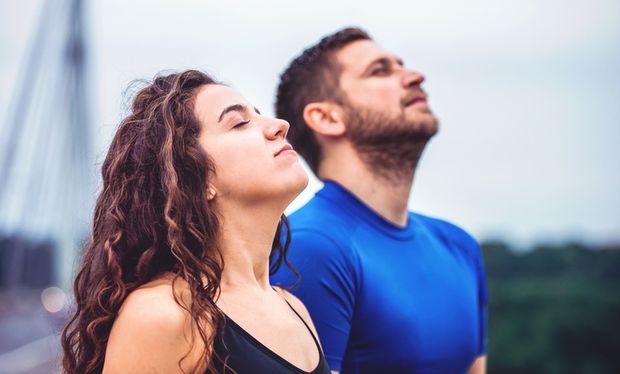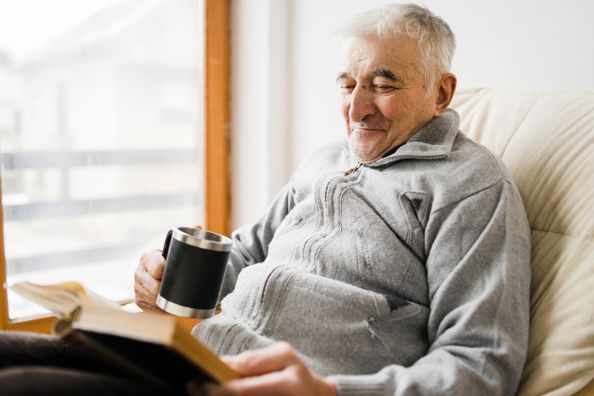For many, breathing requires little effort or thought. For some, however, stress and anxiety can lead to short, rapid breathing which can worsen these symptoms. A great way to avoid feelings of stress, anxiety and shortness of breath is to consciously focus on the breaths you take each day. Almost everyone is capable of taking deep, powerful breaths, but the practice is often lost to demanding schedules and activities.
Pulmonologist, Dr. Christopher Ochoa, shares his expert advice on deep breathing and techniques to help you jump-start your breathing practice.
What is deep breathing?
Commonly referred to as abdominal breathing, belly breathing or diaphragmatic breathing — the practice of deep breathing is one of the body’s most powerful healing mechanisms. Deep breathing differs from our normal, unconscious breaths in that it requires you to focus on taking slower, deeper breaths.
When you relax your body to breathe in fully and deeply, your diaphragm and lungs are pushed to work at their full capacity. In addition to releasing stress, deep breathing can help lower your blood pressure, improve blood flow and relax tense muscles.
Techniques for deep breathing
You can perform deep breathing anywhere, in only a matter of minutes. Deep breathing techniques can even compliment other activities you enjoy, such as yoga and meditation, or become part of your bedtime routine. While you can personalize your breathing practice in a way that works best for you, the following tips can help get you started:
- Start by finding a calm, peaceful area to sit or lie down. This can be your favorite room or, if pressed for time, your desk or break room.
- Close your eyes and try to focus on the moment, taking a few regular breaths to get situated.
- Keeping your eyes closed, place one hand over your stomach just below your ribs and the other on your chest.
- Take a slow, deep breath in through your nose.
- Hold your breath for a second or two.
- Slowly and deeply exhale out through your mouth.
- Pay close attention to the way your hands move with each breath and feel your body start to relax.
- Repeat breaths until you find a calm, comfortable rhythm.
- Try adding images to your breathing practice. For instance, as you inhale, imagine you are taking in all the positive energy around you. When exhaling, imagine you are expelling all the stress and negative energy from your body.
- Continue this cycle for about five to ten minutes or until you feel relaxed and stress-free.
With our hectic schedules, it can be difficult to find time to practice self-care in order to stay in tune with our bodies. However, the way you breathe affects your whole body and dedicating a few minutes each day to mindful breathing can positively impact both your day-to-day and long-term health. So, whether you want to restore a healthy rhythm, decompress or both, mindful breathing can help you relax no matter where you are. For more tips on deep breathing, or to schedule an appointment with one of our pulmonologists, please visit our Pulmonary Medicine page.
Health Topics:







